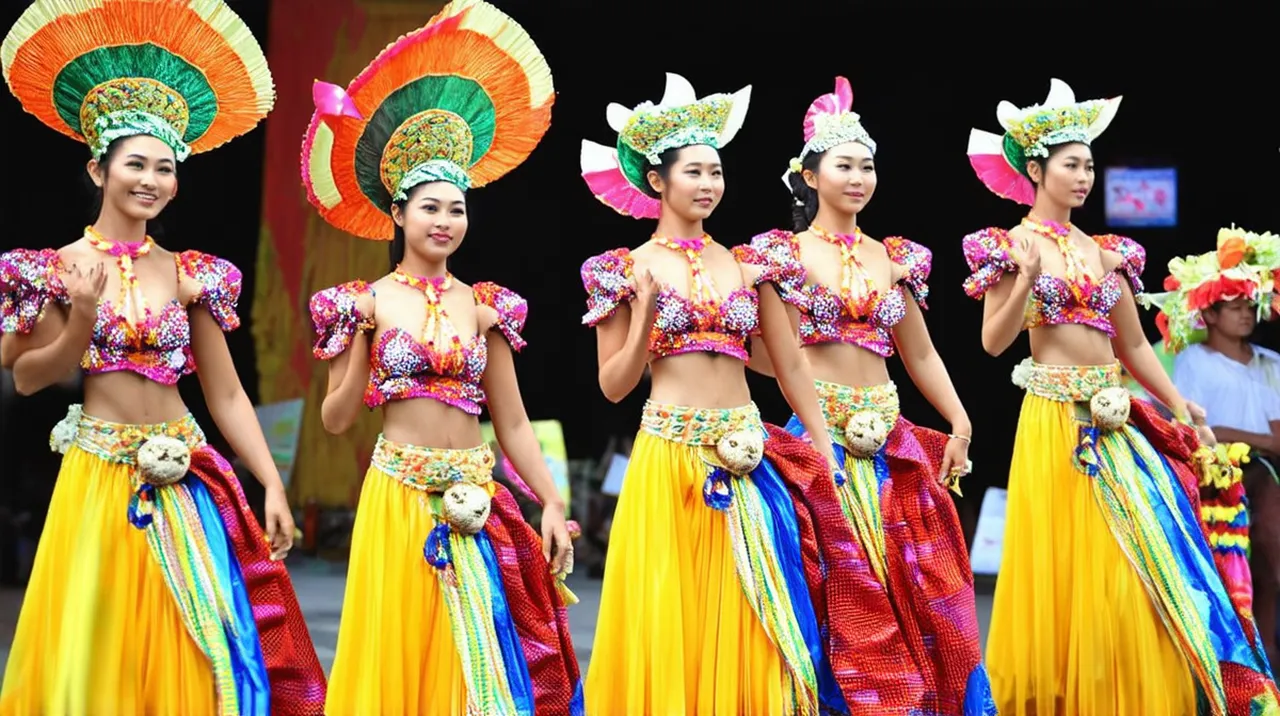
Davao Culture: 10 Fascinating Insights into Tradition
Table of Contents
Davao Culture
Davao culture is a rich tapestry of traditions, celebrations, and customs that reflect the diverse heritage of the Philippines. Known for its warm, hospitable people and a vibrant mix of indigenous and modern influences, Davao City offers visitors a unique glimpse into its cultural identity. This article will guide you through 10 fascinating aspects of Davao culture, highlighting the region’s festivals, culinary delights, and traditional practices. Whether you are planning a visit or simply curious about the city, these insights will deepen your appreciation for Davao’s cultural richness.
Want to find the best travel deals for this destination? adventure planner app with our adventure planning specialist!
1. Understanding the Indigenous Heritage of Davao Culture
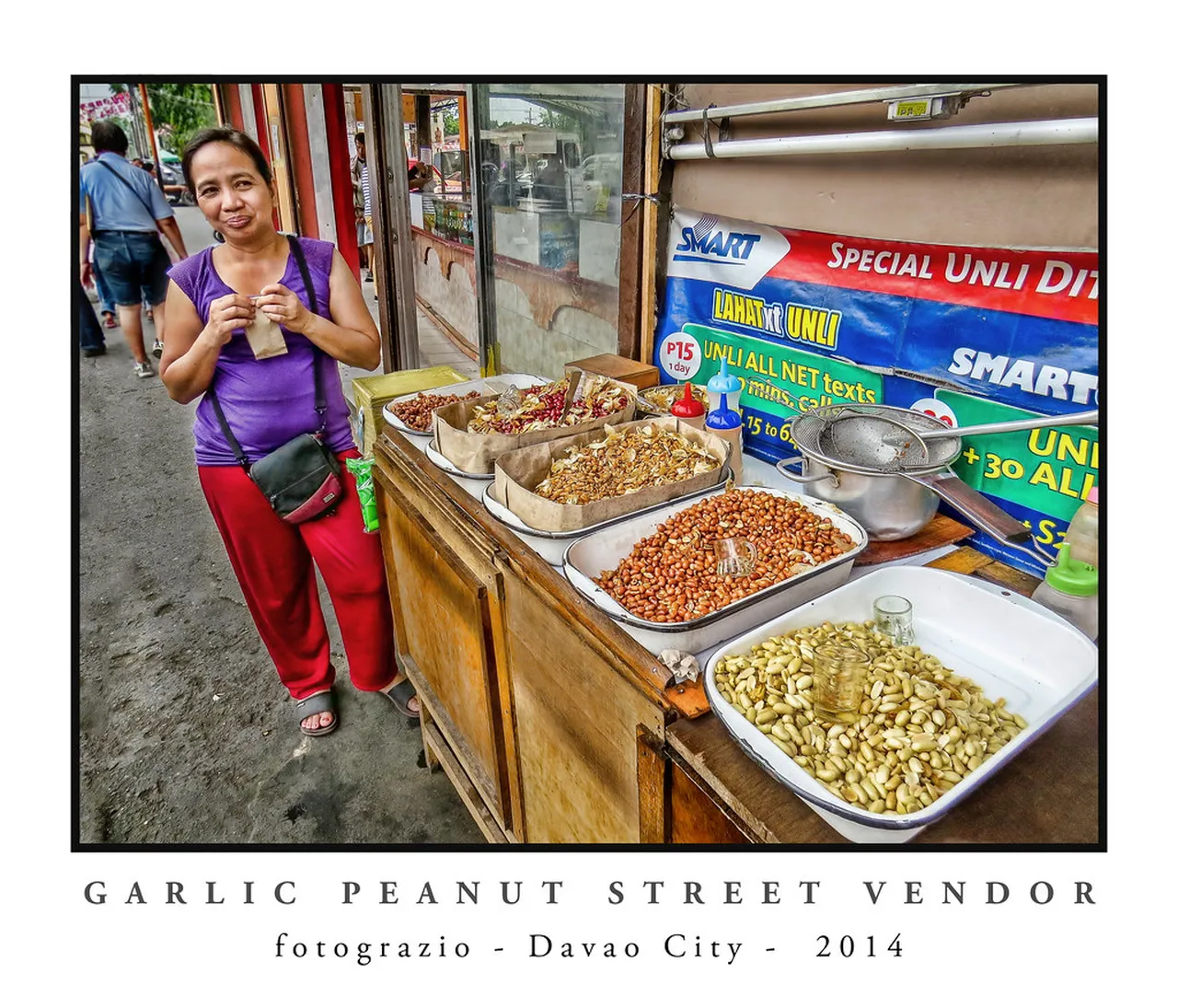
Davao’s culture is deeply rooted in its indigenous heritage, which is vibrant and diverse. The region is home to various indigenous groups, including the Bagobo, Manobo, and Kalagan. Each group contributes distinct practices, beliefs, and art forms that showcase Davao culture.
When exploring their traditions, you will uncover centuries-old customs that celebrate nature, spirituality, and community. For example, most indigenous rituals are closely tied to the agricultural calendar, reflecting a harmonious relationship with the land. Furthermore, their unique handicrafts, such as woven fabrics and intricate beadwork, serve not just as art, but also as expressions of cultural identity.
2. Celebrating Kadayawan Festival: A Showcase of Davao Culture
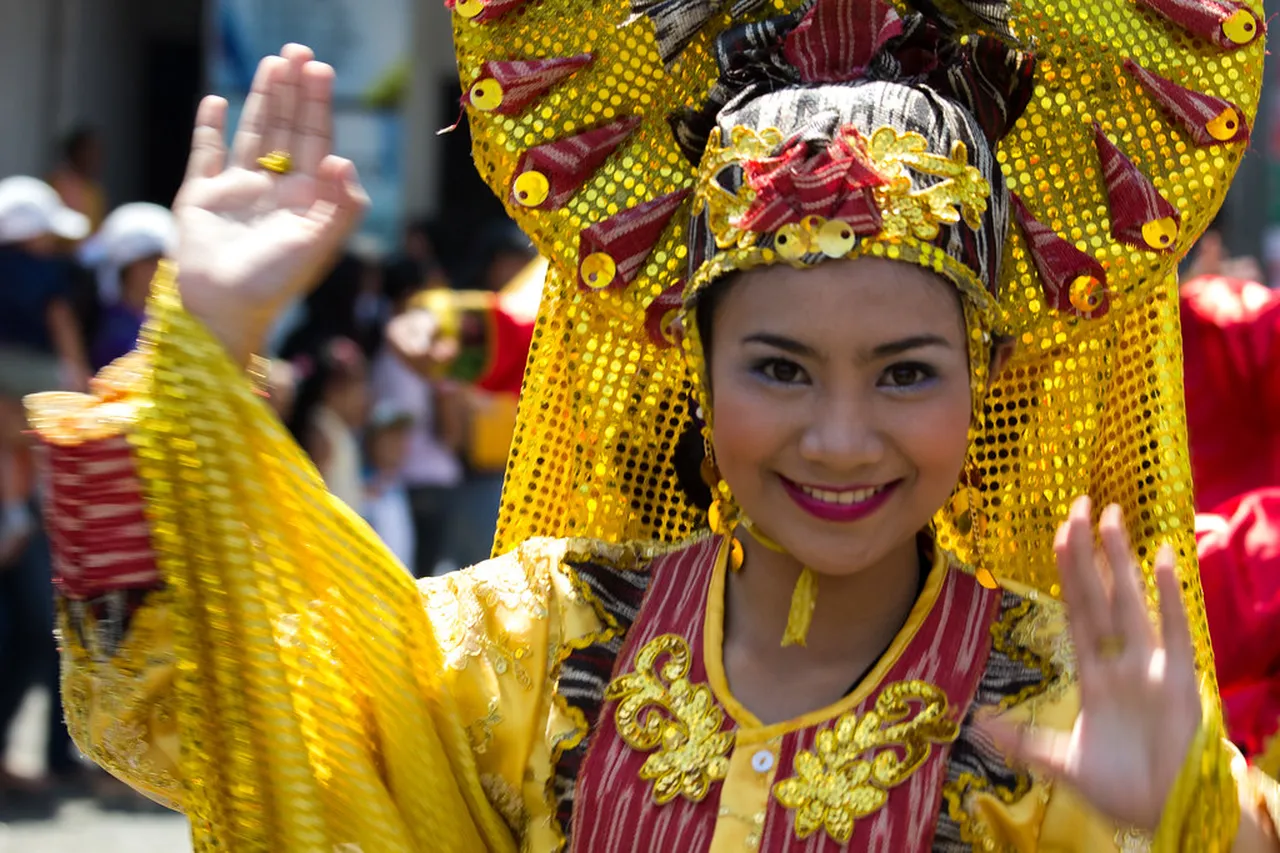
Every August, Davao City comes alive with the Kadayawan Festival, a week-long celebration that honors the bountiful harvest and the city’s rich cultural heritage. This festival allows visitors to witness the Davao culture in full bloom, incorporating colorful floats, street dancing, and cultural exhibits.
As you participate in the festivities, you will experience the warmth of Dabawenyos, the local people, who take pride in showcasing their traditions. Transitioning from one activity to another, the festival Highlights the vibrant indigenous music and dances that resonate throughout the city. Kadayawan is not just a celebration; it is a heartfelt expression of gratitude for nature and the multiplicity of cultures that coexist in Davao.
3. The Role of Durian in Davao Culture: A Popular Culinary Delight
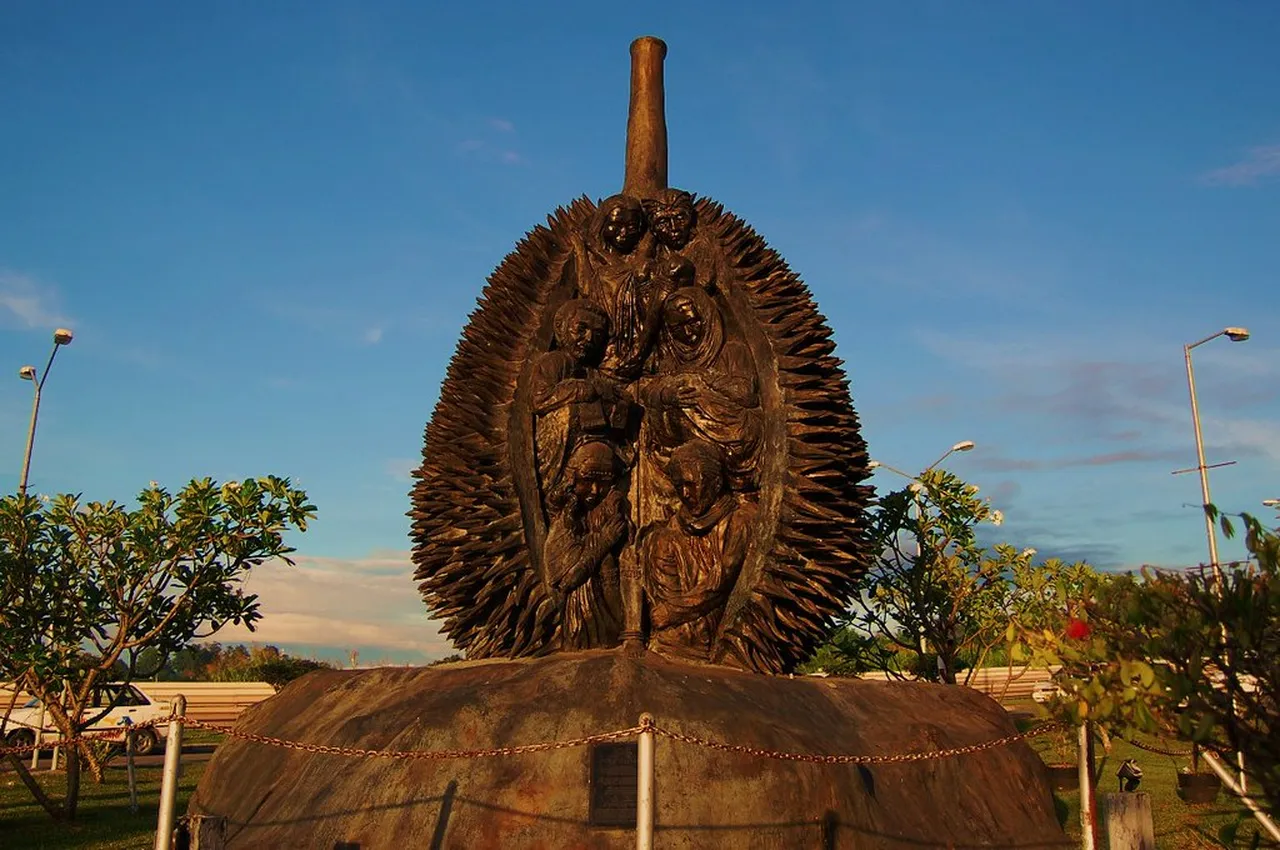
Durian, often called the “king of fruits”, plays a significant role in Davao’s culinary landscape. Known for its distinctive aroma and flavor, this fruit is an integral part of Davao culture. Here, the durian is not merely a fruit; it represents local pride and economic prosperity.
During the peak season, Davao’s markets burst with various durian varieties, attracting both locals and tourists. Additionally, the fruit inspires a range of desserts and dishes, reflecting the creative culinary spirit of the region. Therefore, indulging in durian is a must for anyone wishing to truly appreciate the unique flavors of Davao.
4. Exploring Mindanaoan Cuisine: Traditional Dishes of Davao Culture
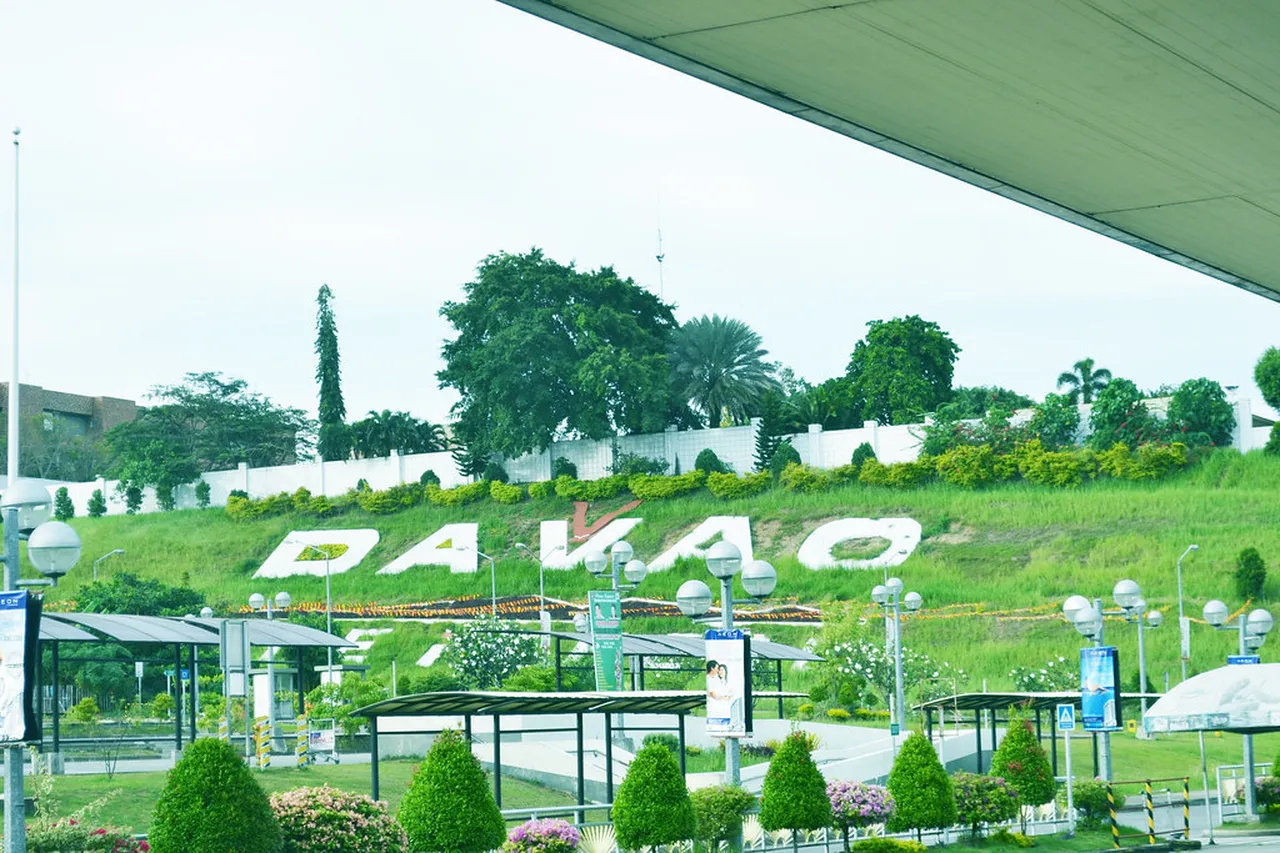
Davao culture is beautifully reflected in its Mindanaoan cuisine, which showcases a multitude of local ingredients and traditional cooking methods. Whether you are a food enthusiast or a curious traveler, exploring traditional dishes in Davao can be a delightful experience.
One must-try dish is the iconic Kadios, Baboy, at Langka, a flavorful soup composed of pigeon peas, pork, and jackfruit. Additionally, the enduring love for tinola—a ginger-based chicken soup—is prevalent. Furthermore, the seafood in Davao truly shines due to the region’s rich coastal resources.
Moreover, Davaoeños celebrate their culture through food festivals. These festivals provide an opportunity to taste various dishes while learning about their historical significance. In conclusion, Mindanaoan cuisine is a vital part of Davao culture that reflects both tradition and community spirit.
5. Art and Crafts: Preserving Davao Culture Through Creativity

Art and crafts play a crucial role in preserving Davao culture, showcasing the creativity and artistry of the local community. From intricate weavings to vibrant paintings, we see the cultural narratives expressed through various art forms.
One notable craft is the traditional handwoven textiles, often created by indigenous communities. These textiles tell stories of ancestry, nature, and daily life, providing insight into the rich heritage of Davao. Moreover, visiting local artisans gives travelers a chance to appreciate the craftsmanship firsthand.
In addition, art exhibits and cultural showcases are frequently organized to promote Davao’s creative scene. Overall, engaging with the art and crafts of Davao is essential, as it connects visitors with the heart and soul of the community.
6. Traditional Dances: Expressing Davao Culture Through Movement
Recommendation: Don't miss out on amazing Davao tours - book now!
Traditional dances are a vibrant representation of Davao culture, often fused with stories and rich history. Each dance conveys emotions, narratives, and values intrinsic to Davao’s diverse communities, making them a captivating aspect of the cultural landscape.
One can witness the renowned Singkil, which is a beautiful dance originating from the Maranao people. As dancers gracefully weave through bamboo poles, they embody the resilience and grace of their heritage. Additionally, the Kuradang is another lively dance that showcases joy and celebration.
Furthermore, traditional dance performances are frequently featured during festivals, serving as both entertainment and an educational experience for spectators. Embracing these dances allows visitors to truly immerse themselves in Davao culture.
7. Davao’s Festivals: Celebrations Reflecting the Vibrancy of Davao Culture
Davao City is known for its lively festivals that embody the vibrancy of Davao culture. Among these, the Kadayawan Festival stands out as a celebration of the city’s rich indigenous heritage, agricultural bounties, and artistic expressions. This festival, held every August, showcases colorful street dancing, vibrant floral floats, and an array of local delicacies. It’s not just a feast for the eyes; it also promotes unity among various indigenous groups.
Moreover, the Pagsaka Festival, which honors the farmers, emphasizes the importance of agriculture in Davao’s culture. People participate enthusiastically in games and Activities, as they pay tribute to the hardworking farmers. Experiencing Davao’s festivals provides visitors with insights into the local customs and traditions, making it a must-see for any traveler eager to understand the local culture.
8. The Influence of Spanish Colonialism on Davao Culture
The history of Davao culture is significantly shaped by Spanish colonialism, which introduced various customs, language, and religious practices. Even though the indigenous culture remained resilient, the influence of the Spanish can be seen in local cuisine, architecture, and traditions. For instance, the use of the Spanish language in everyday conversations is quite prevalent.
Additionally, numerous churches, such as the San Pedro Cathedral in Davao City, exemplify Spanish architectural styles while reflecting the deeply rooted Catholic faith among the locals. As a result, cultural festivals often incorporate religious themes, merging indigenous beliefs with Catholic practices. Understanding these influences helps unveil the layered history that defines Davao culture today.
9. Music and Oral Traditions: The Heartbeat of Davao Culture
Music and oral traditions play a crucial role in Davao culture, as they serve as a means of storytelling and preserving history. The indigenous peoples of Davao, such as the Lumad and Moro, utilize music to express their experiences, beliefs, and values through various traditional instruments like the kulintang and gongs. These musical forms evoke emotions and connect the community to their past.
Moreover, oral traditions are integral in passing down stories and legends from one generation to the next. Local elders often share tales that reflect the community’s identity, fostering a sense of belonging. Consequently, both music and oral traditions are not merely entertainment; they are vital threads woven into the fabric of Davao culture, enriching the collective heritage and community spirit.
10. The Importance of Community in Davao Culture: Togetherness and Solidarity
Insider Tip: Get the most out of your Davao visit with guided tours!
In Davao Culture, the importance of community is a fundamental aspect that shapes everyday life. Strong bonds within the community foster a sense of belonging and support. Whether it’s through family ties or friendships, the relationships formed are vital for emotional well-being. Moreover, traditional practices often emphasize collaboration and unity.
For instance, during events and celebrations, community members come together to prepare food, decorate venues, and showcase local talents. This sense of togetherness not only strengthens relationships but also preserves cultural heritage. Additionally, local leaders often encourage group Activities to promote social solidarity.
“In Davao, we believe that togetherness is the key to overcoming challenges. Working as a community creates resilience.”
In conclusion, the vibrant sense of community found in Davao Culture enriches lives and cultivates a shared identity. As you Explore Davao, it becomes clear that the spirit of togetherness is truly woven into the fabric of its culture.
Davao culture is a vibrant blend of history, traditions, and community, rooted in the heritage of its indigenous people and shaped by various influences over time. From the lively Kadayawan Festival to the delicious flavors of Mindanaoan cuisine, each aspect offers a unique insight into the city’s identity. Which element of Davao culture intrigues you the most? Share your thoughts in the comments, and let’s appreciate the beauty of this remarkable city together.